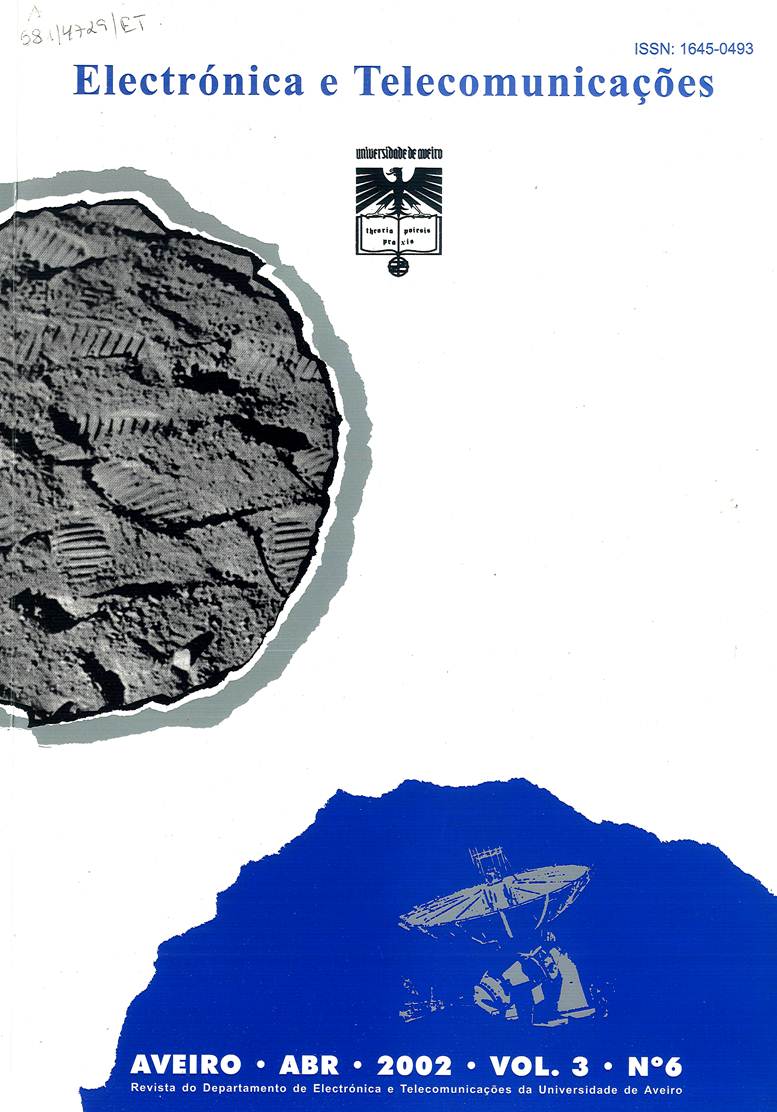Micro air vehicles and other high-tech toys
Resumo
This talk will cover three topics, 1) Micro Air Vehicles (MAVs), 2) A low-cost, realtime color vision system on board a TJ Pro autonomous mobile robot, and 3) A hightech insect-like toy called Battlebug that combines Radio-Control (RC) with autonomous behavior. These three topics possess the loose, underlying themes of vision and interlacing of semi-autonomous behaviors with manual remote-control. The primary, unifying theme, however, is just plain fun! The aerodynamics of small-winged aircraft, Micro Air Vehicles (MAVs), present new control and aerodynamic design challenges. MAVs, propeller-driven, radio-controlled (RC), semi-autonomous, flying robots have a wing span from 8 to 12 inches. This talk will present some recent MAV research by Professor Michael Nechyba and others from the Machine Intelligence Laboratory and from Aerospace Engineering at the University of Florida. In particular, there will be some discussion on flight stability and the augmentation of flight control with autonomous assistance using on board color vision and remote horizon detection computations on a remote laptop computer. A nonoperational MAV will be displayed and video clips of a MAV in operation will be shown. Mekatronix has developed a low-cost, on-board, real-time vision system for the TJ Pro robot using a HandSpring hand-held computer with its own color camera mounted on it. All vision processing executes on board the TJ Pro. An example illustrates how the TJ Pro can track md chasing a red soccer ball. Battlebug is a six-legged insect-like RC toy with the MTJPRO11 microcontroller added to provide sensory and autonomous capability as well as Radio Control. The Battlebug has pincers and a rotating head as well as tripod leg actuation. The microcontroller drives the robots control board and can switch back and forth from RC to autonomous mode based on sensory inputs, internal states, and program variables. As such, it provides a vehicle for exploring the interactions, conditions, and types of behaviors and tasks that benefit most from interlaced remote manual or computer control with local autonomous control.




